There can be your advertisement
300x150
How to Divide a Room into Zones: 7 Best Ideas from Designers
We show great solutions worth noting!
In the context of limited space, especially in studio apartments or small living spaces, zoning becomes not just a desire but a necessity. We present interesting and effective methods from our designers' projects that help efficiently divide one room while maintaining harmony and aesthetics.
Furniture as a Partition
One of the simplest ways to zone is to use furniture to define boundaries. For example, place a sofa so it separates the relaxation area from the dining or working zone. This approach not only creates visual comfort but also supports more rational use of space, allowing each corner to serve a specific function. Proper zoning with furniture helps create a more harmonious and organized atmosphere, which is especially important in small spaces.
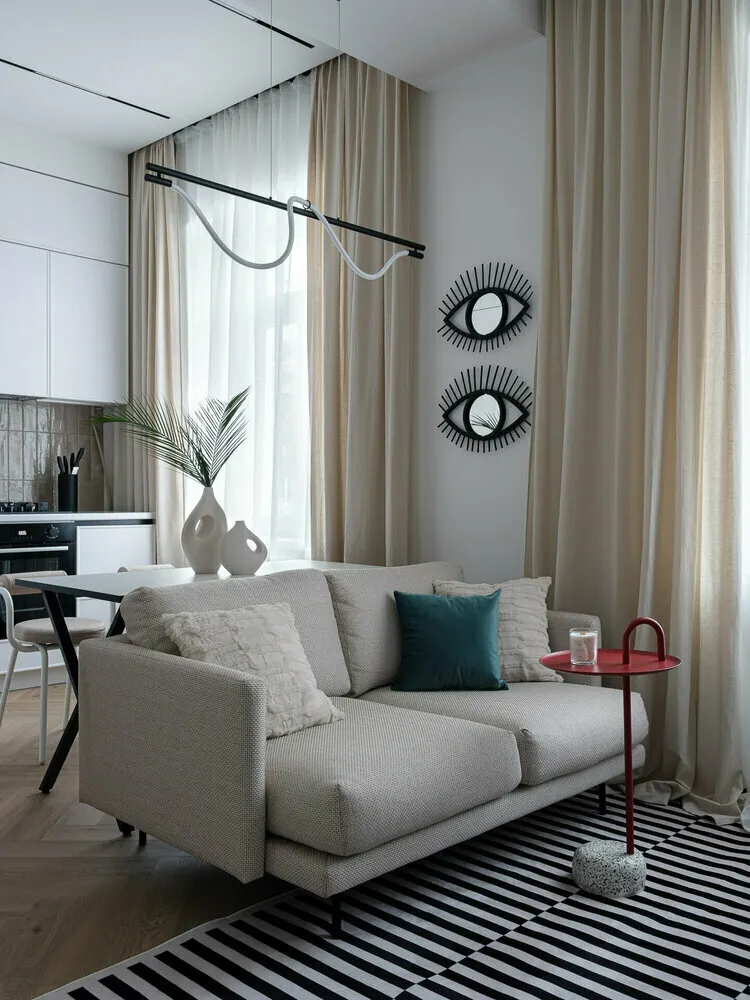
Design: Nisha Buro
Zoning by Color
Using different colors in wall finishing is an effective visual way to separate space. For example, you can paint one wall in light, warm tones, while another stands out with a deep, accent color to add dynamism and depth. Alternatively, applying wallpapers with various patterns or textured finishes can bring interesting accents and highlight the character of each zone. Such contrast in finishing enriches the overall perception of the room and helps clearly define functional areas.
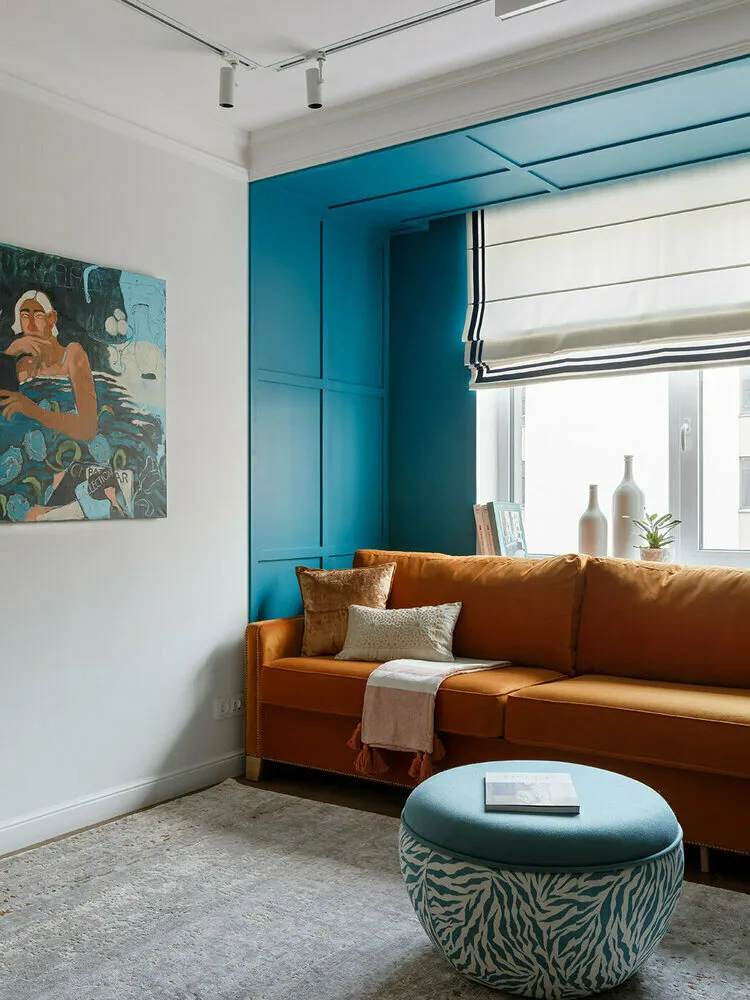
Design: Yucubedesign
Glass Partitions
To achieve more distinct zoning, special partitions can be used. They can be either transparent or frosted, allowing you to play with levels of privacy and light transmission. This approach creates a sense of openness and brightness, maintaining an open atmosphere while clearly defining different zones—for example, a workspace and a relaxation area in one room. Additionally, glass partitions can become a stylish decor element, adding a modern touch to the interior with their clean lines and minimalist design.
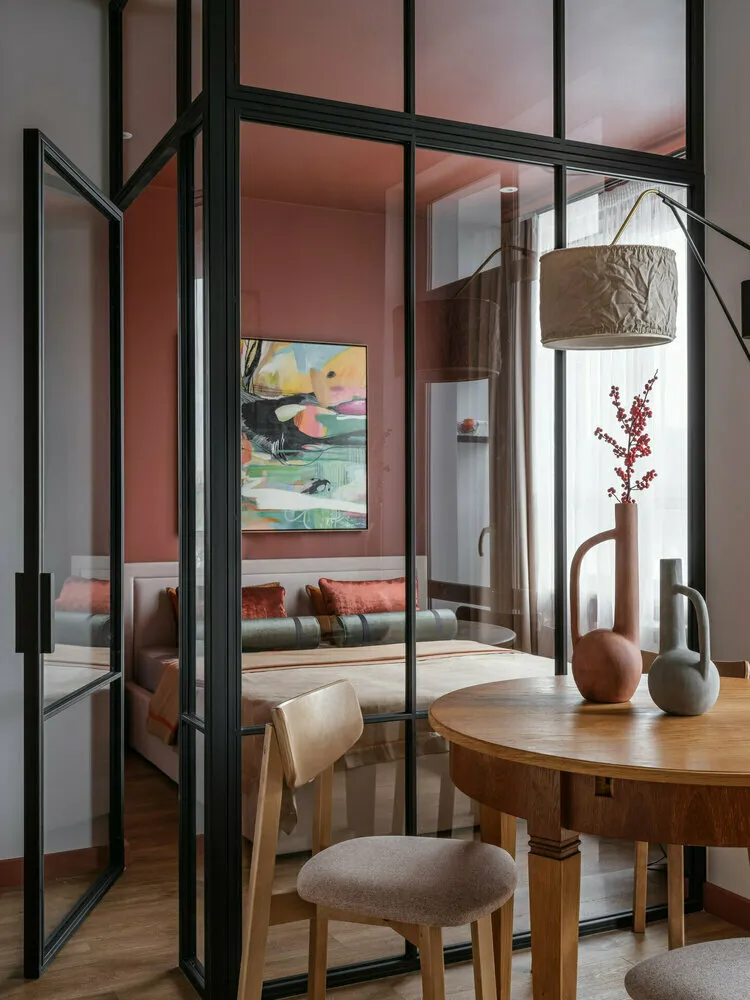
Design: Pavel Bakhanov
Different Floor Coverings
Another effective and stylish method of defining functional zones in a room is zoning with floor coverings. By using various materials, textures, and colors, each zone can easily be highlighted and given its unique character. For example, in a living room, laminate can be laid down to create a cozy spot for relaxation, while in another area, tiles might be used that perfectly suit a dining or kitchen zone. The application of rugs or carpet strips can add warmth and visually separate spaces.

Design: Natalia Borisenkova
Textiles
Textiles are an excellent tool for zoning space. Curtains, draperies, and screen partitions can soften the interior and add visual warmth. Textile solutions are easily replaced and combined, allowing you to change the look of a room depending on mood or season. Thanks to the variety of textures, patterns, and colors, textiles can become a bright accent that highlights your interior's style and individuality, as well as contribute to creating favorable conditions for both rest and work.
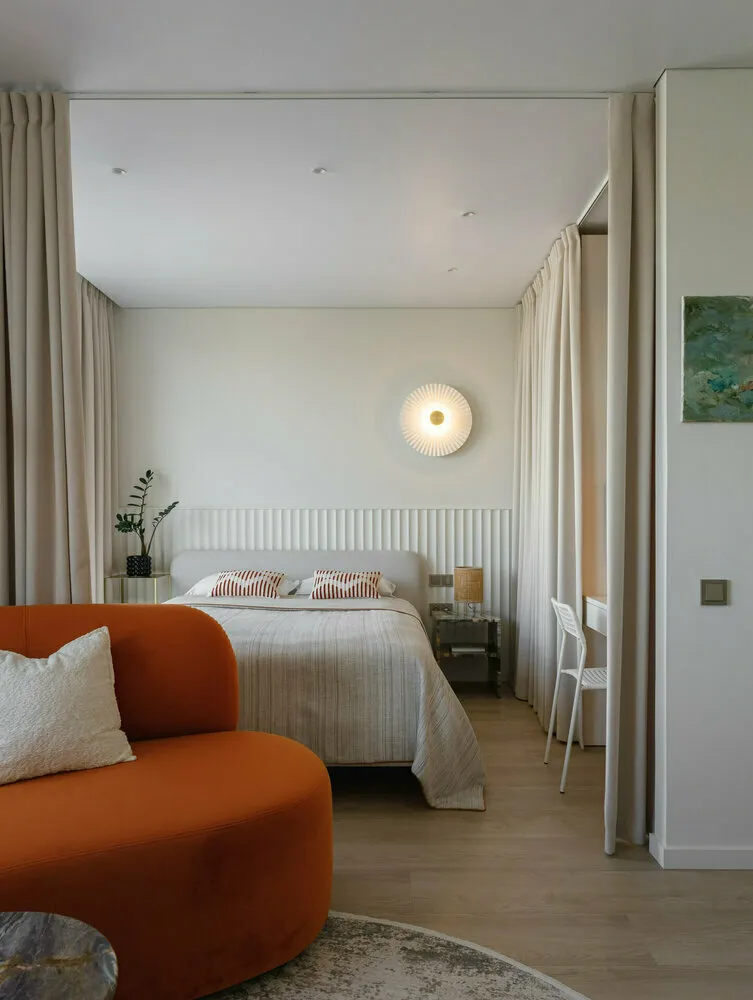
Design: Lina Knyazeva
Pay Attention to the Video: Changing Floor or Ceiling Levels
Zoning space by changing floor or ceiling levels is a beautiful architectural technique that allows not only to separate functional zones but also to add dynamism and originality to the interior. If ceiling heights allow, creating raised ceiling structures can visually highlight specific areas and emphasize their purpose. For example, a low ceiling above the kitchen creates visual interest and adds depth to the space, while also efficiently utilizing available space—especially important in small apartments.

Design: Ekaterina Vasilyeva
Different Lighting Scenarios
Another effective method in space zoning is lighting. Using various light sources for each zone helps create a unique atmosphere appropriate to its function. For example, table lamps are ideal for a work corner. For the kitchen, spotlights that provide even surface lighting are better. In a relaxation area, decorative lamps with soft, diffused light can be installed. This approach not only improves the functionality of the space but also adds visual interest, transforming each zone into a harmonious and attractive place.
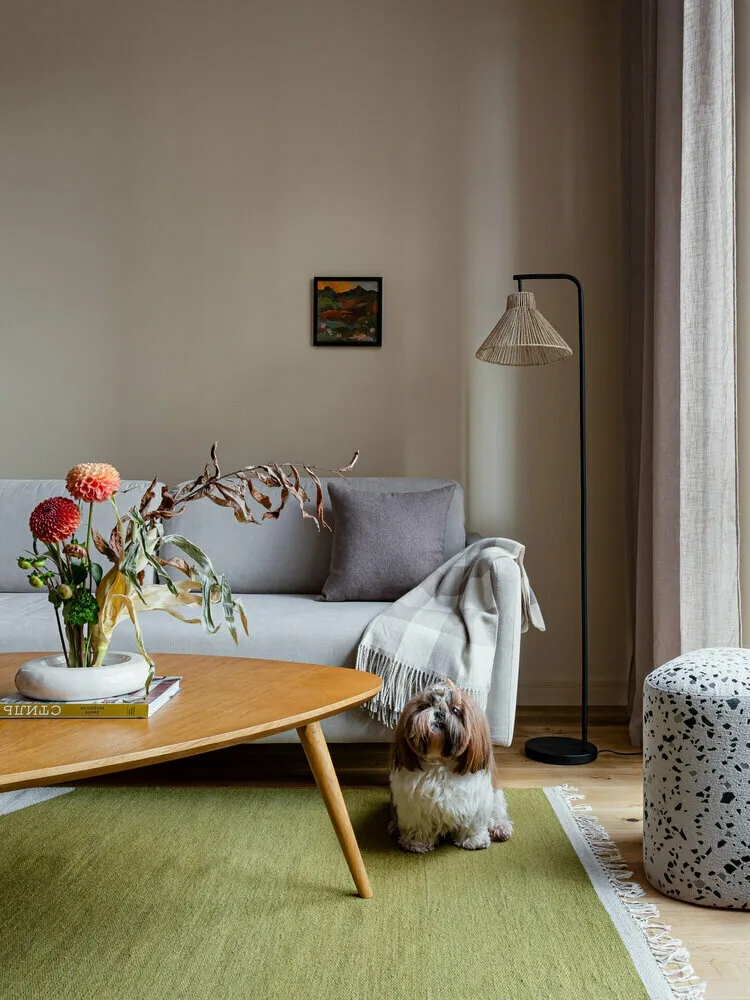
Design: Anastasia Zarkua
Space zoning is a creative and functional process that allows maximizing the use of room space while maintaining comfort and style. Proper zone division contributes to creating a cozy and multi-functional space. Try experimenting with various methods, and your home will definitely become more convenient and beautiful!
More articles:
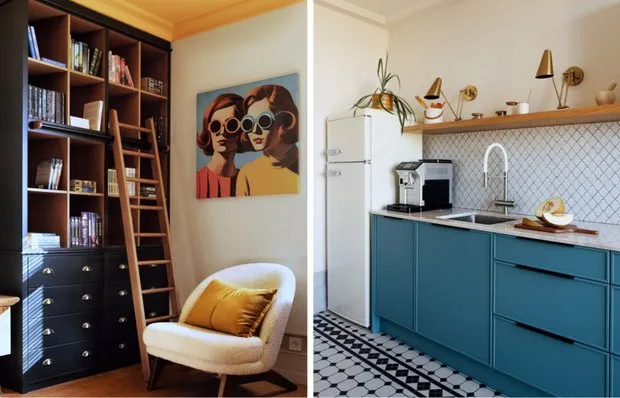 How to Create a Bright and Functional Interior: 7 Ideas for Inspiration
How to Create a Bright and Functional Interior: 7 Ideas for Inspiration 7 Tips That All Designers Use to Create a Cozy Atmosphere in the House
7 Tips That All Designers Use to Create a Cozy Atmosphere in the House How a Designer Transformed a 6 sqm Kitchen in a Vintage Communal Apartment
How a Designer Transformed a 6 sqm Kitchen in a Vintage Communal Apartment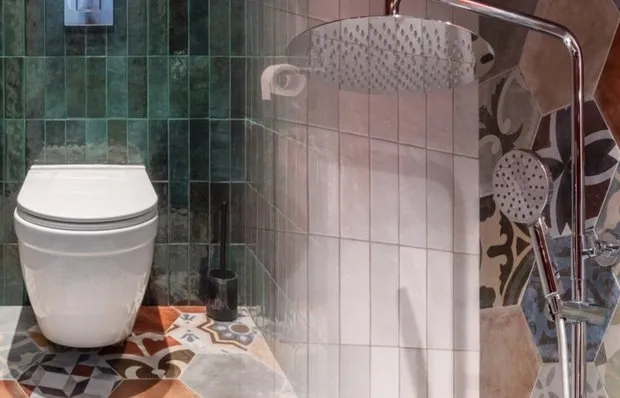 How They Created a Bright and Unique Bathroom in a Soviet 2-Room Apartment
How They Created a Bright and Unique Bathroom in a Soviet 2-Room Apartment Entry Hall in Natural Tones with Thoughtful Zoning
Entry Hall in Natural Tones with Thoughtful Zoning Inspired by Our Heroes: 6 Ideas to Quickly and Budget-Friendly Update Your Kitchen
Inspired by Our Heroes: 6 Ideas to Quickly and Budget-Friendly Update Your Kitchen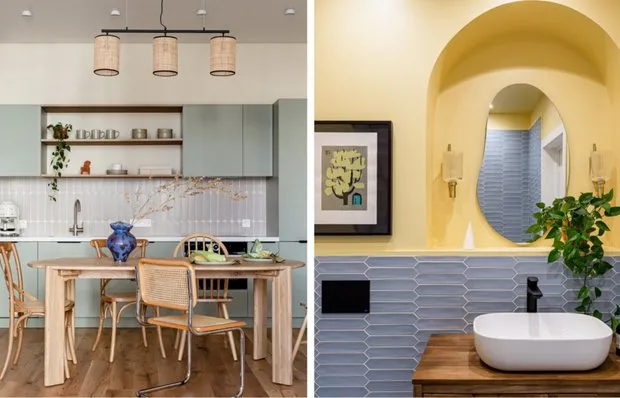 5 Bold Design Solutions from a Vibrant 80 m² Apartment
5 Bold Design Solutions from a Vibrant 80 m² Apartment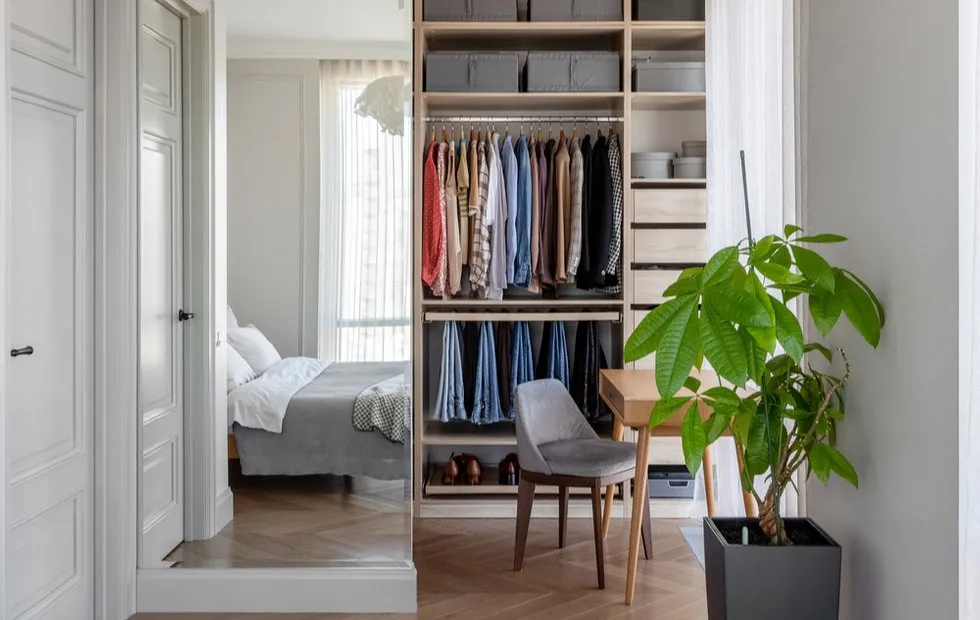 How to Organize Storage in a Small Apartment and Stop Tripping Over Things
How to Organize Storage in a Small Apartment and Stop Tripping Over Things